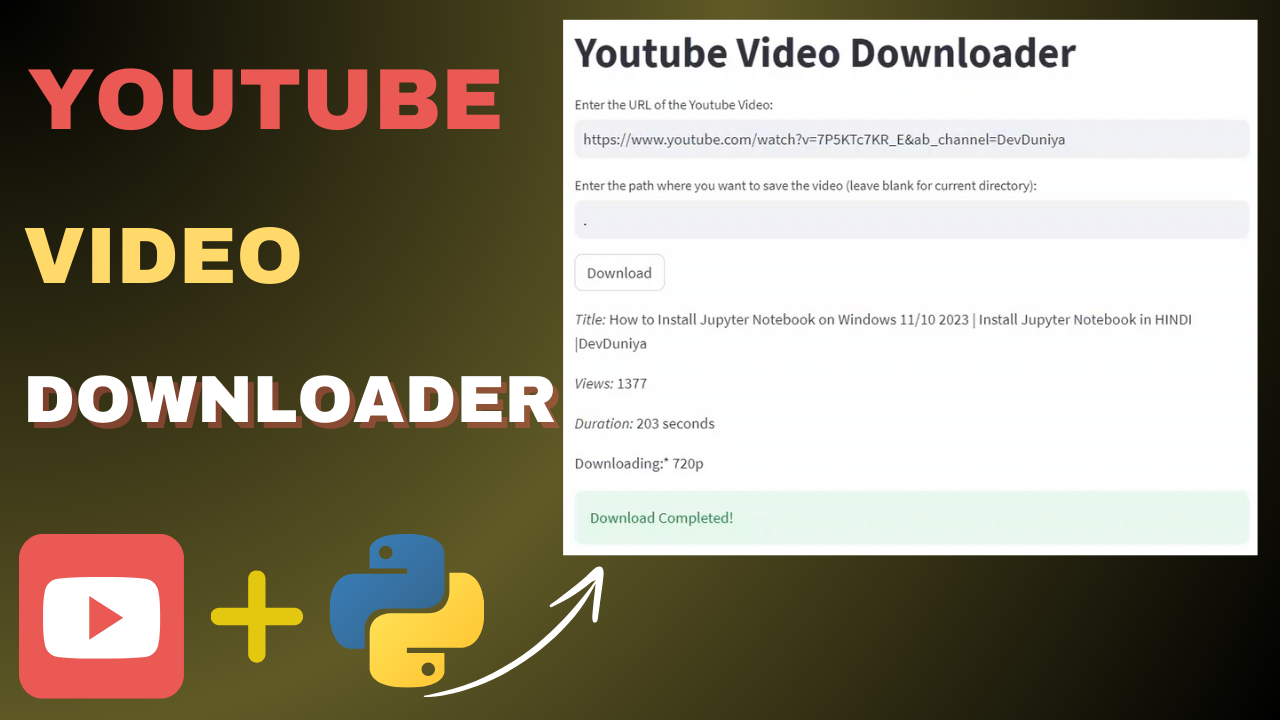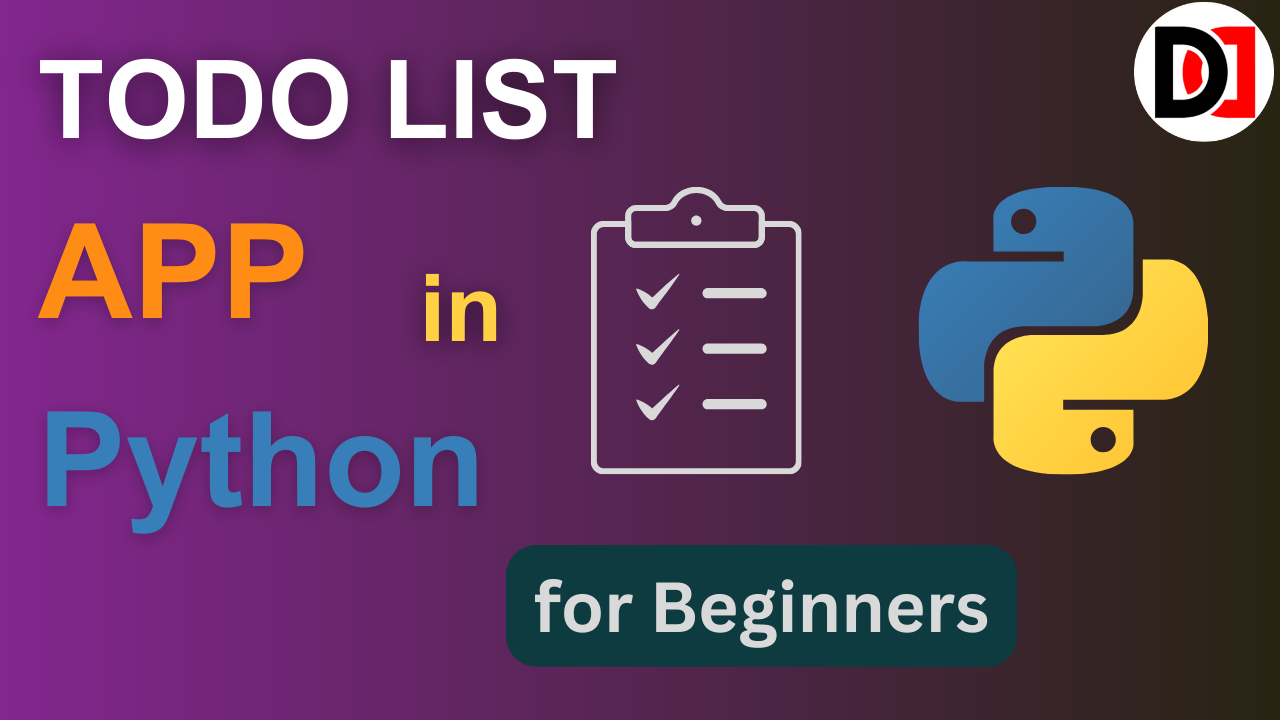Python is a high-level, interpreted programming language that is widely used for web development, scientific computing, data analysis, artificial intelligence, and other areas. It is a powerful and versatile language that is easy to learn and use, making it a popular choice among beginners and experienced programmers alike.
Python code is written in a simple and readable format, making it easy to understand and maintain. It also has a vast collection of libraries and modules that can be easily imported and used in your code, which further simplifies the development process.
Some of the key features of Python include its support for object-oriented, functional, and procedural programming, its ability to handle large data sets, and its ability to integrate with other languages and tools.
Here are the Top 30 Python Interview Questions and Answers
Q1. What is a decorator in Python?
Answer: A decorator is a function that takes another function and extends the behavior of the latter function without explicitly modifying its code.
Q2. Can you give an example of a decorator in Python?
Answer: Here is an example of a decorator in Python:
def my_decorator(func):
def wrapper():
print("Something is happening before the function is called.")
func()
print("Something is happening after the function is called.")
return wrapper
def say_hello():
print("Hello!")
say_hello = my_decorator(say_hello)
say_hello()The output of this code will be:
Something is happening before the function is called.
Hello!
Something is happening after the function is called.Q4. Can you give an example of a generator in Python?
Answer: Here is an example of a generator in Python:
def my_range(n):
i = 0
while i < n:
yield i
i += 1
for i in my_range(5):
print(i)The output of this code will be:
0
1
2
3
4Q5. What is closure in Python?
Answer: A closure is a function that retains the bindings of the free variables that exist when the function is defined so that they can be used later when the function is invoked and the defining scope is no longer available.
Q6. Can you give an example of a closure in Python?
Answer: Here is an example of a closure in Python:
def outer(x):
def inner(y):
return x + y
return inner
closure = outer(1)
print(closure(2))The output of this code will be:
3Q7. What is the difference between a deep copy and a shallow copy in Python?
Answer: A deep copy creates a new object with a new memory address, and recursively copies the objects inside the original object. A shallow copy creates a new object with a new memory address but copies the references to the objects inside the original object, rather than creating new objects.
Q8. Can you give an example of a deep copy and a shallow copy in Python?
Answer: Here is an example of a deep copy and a shallow copy in Python:
import copy
original = [[1, 2, 3], [4, 5, 6]]
# Shallow copy
shallow = copy.copy(original)
# Deep copy
deep = copy.deepcopy(original)
original.append([7, 8, 9])
original[0][0] = "A"
print("Original:", original)
print("Shallow:", shallow)
print("Deep:", deep)The output of this code will be:
Original: [['A', 2, 3], [4, 5, 6], [7, 8, 9]]
Q9. How can you create a Python generator?
Answer: A generator is a special kind of function that does not return a value when it is called, but instead yields a series of values one at a time. To create a generator in Python, you use the yield keyword instead of the return keyword in a function.
#Here is an example of a simple generator function that yields the numbers 1 through 10:
def simple_generator():
for i in range(1, 11):
yield i
for number in simple_generator():
print(number)Q10. What is the difference between a deep and a shallow copy in Python?
Answer: A deep copy is a new object with a new memory address that is a copy of the original object and all of its nested objects. A shallow copy is a new object with a new memory address that is a copy of the original object, but the nested objects are still references to the original objects.
Here is an example of a deep copy using the copy module:
import copy
original = [1, [2, 3]]
deep_copy = copy.deepcopy(original)
print(original) # [1, [2, 3]]
print(deep_copy) # [1, [2, 3]]
deep_copy[1][0] = 4
print(original) # [1, [2, 3]]
print(deep_copy) # [1, [4, 3]]Here is an example of a shallow copy using the copy module:
import copy
original = [1, [2, 3]]
shallow_copy = copy.copy(original)
print(original) # [1, [2, 3]]
print(shallow_copy) # [1, [2, 3]]
shallow_copy[1][0] = 4
print(original) # [1, [4, 3]]
print(shallow_copy) # [1, [4, 3]]Q11. How can you implement a stack in Python?
Answer: A stack is a linear data structure that follows the last-in, first-out (LIFO) principle. You can implement a stack in Python using a list as follows:
stack = []
# Push an element onto the stack
stack.append(1)
stack.append(2)
stack.append(3)
print(stack) # [1, 2, 3]
# Pop an element from the stack
element = stack.pop()
print(element) # 3
print(stack) # [1, 2]
Q12. How can you implement a queue in Python?
Answer: A queue is a linear data structure that follows the first-in, first-out (FIFO) principle. You can implement a queue in Python using a list as follows:
queue = []
# Enqueue an element onto the queue
queue.append(1)
queue.append(2)
queue.append(3)
print(queue) # [1, 2, 3]
# Dequeue an element from the queue
element = queue.pop(0)
print(element) # 1
print(queue) # [2, 3]
Q13. What is Python?
Answer: Python is a high-level, interpreted programming language that is widely used for web development, data analysis, artificial intelligence, and scientific computing.
Q14. How do you create a variable in Python?
Answer: To create a variable in Python, you just need to assign a value to a name using the equals sign (=).
For example:
name = “John”
age = 30
Q15. What are the supported data types in Python?
Answer: Python has several built-in data types, including integers (int), floating point numbers (float), strings (str), and boolean values (bool).
Q16. How do you create a list in Python?
Answer: To create a list in Python, you can use square brackets and separate the elements with commas.
For example:
numbers = [1, 2, 3, 4, 5]
Q17. How do you access elements in a list in Python?
Answer: To access elements in a list in Python, you can use the index operator [].
For example:
numbers = [1, 2, 3, 4, 5]
print(numbers[0]) # Output: 1
print(numbers[2]) # Output: 3
Q18. How do you create a dictionary in Python?
Answer: To create a dictionary in Python, you can use curly braces {} and specify key-value pairs using a colon (:).
For example:
person = {‘name’: ‘John’, ‘age’: 30}
Q19. How do you access elements in a dictionary in Python?
Answer: To access elements in a dictionary in Python, you can use the index operator [] with the key.
For example:
person = {‘name’: ‘John’, ‘age’: 30}
print(person[‘name’]) # Output: ‘John’
print(person[‘age’]) # Output: 30
Q20. How do you create a function in Python?
Answer: To create a function in Python, you can use the def keyword followed by the function name and the function’s parameters.
For example:
def greet(name):
print("Hello, " + name)Q21. How do you call a function in Python?
Answer: To call a function in Python, you can use the function name followed by parentheses and any required arguments. For example:
def greet(name):
print("Hello, " + name)
greet("John") # Output: "Hello, John"Q22. What is a for loop in Python?
Answer: A for loop in Python is a loop that iterates over a sequence (such as a list or a string) and executes a block of code for each element. For example:
numbers = [1, 2, 3, 4, 5]
for number in numbers:
print(number)Q23. What is a while loop in Python?
Answer: A while loop in Python is a loop that continues to execute a block of code as long as a certain condition is true. For example:
counter = 0
while counter < 5:
print(counter)
counter += 1Q24. What is an if statement in Python?
Answer: An if statement in Python is a control structure that allows you to execute a block of code where you can use conditions. if you want to run any conditional codes then if statement will help you a lot.
Q25. What is Python used for?
Answer: Python is a general-purpose programming language that is widely used in web development, scientific computing, data analysis, and many other fields. It is known for its simplicity, readability, and flexibility, making it a popular choice for beginners and experienced developers alike.
Q26. How is memory managed in Python?
Answer: In Python, memory management is done automatically. Python has a garbage collector that reclaims the memory that is no longer being used by the program. Developers do not need to worry about manually allocating and deallocating memory in Python.
A27. How is Python’s list different from an array?
Answer: In Python, a list is an ordered collection of objects that can be of different types. Lists are dynamic, which means that items can be added or removed from a list after it is created. Lists are implemented as linked lists under the hood, which means that inserting or deleting items from a list can be done in constant time.
On the other hand, an array is a collection of items of the same data type that is stored in a contiguous block of memory. Arrays are more efficient for certain operations (such as element access and iteration), but they are less flexible than lists because they can only hold items of the same type and the size of an array must be specified in advance.
Q28. What is a dictionary in Python and how is it different from a list?
Answer: A dictionary in Python is a data structure that stores key-value pairs. Dictionaries are also known as associative arrays or hash maps. Dictionaries are optimized for fast lookup and are implemented using hash tables under the hood.
Unlike lists, which are indexed by a range of numbers, dictionaries are indexed by keys, which can be any immutable type (such as strings or numbers). This makes dictionaries more suitable for storing data that needs to be accessed using unique identifiers. Dictionaries are also unordered, which means that the items in a dictionary are not stored in a particular order.
Q29. How do you handle exceptions in Python?
Answer: In Python, exceptions are handled using try-except blocks. The code that may cause an exception is placed in the try block and the handling of the exception is done in the except block.
For example:
try:
# code that may cause an exception
except ExceptionType:
# handling codeYou can also specify multiple except blocks to handle different types of exceptions. It is also possible to catch all exceptions using the Exception class, which is a base class for all exceptions in Python.
Q30. How do you create a class in Python?
Answer: To create a class in Python, you use the class keyword and specify the name of the class followed by a colon. The body of the class is indented and contains the methods and attributes of the class. For example:
class MyClass:
def __init__(self, param1, param2):
self.attr1 = param1
self.attr2 = param2
def my_method(self):
# method code goes hereThe init method is a special method in Python that is called when an instance of the class is created. It is used to initialize the attributes of the instance.
Conclusion:
In conclusion, Python is a powerful and versatile programming language that is widely used for a variety of tasks, from web development to data analysis. Its ease of use and vast collection of libraries make it a popular choice among developers, and its ability to integrate with other languages and tools makes it a versatile choice for any programming project.
If you have any queries related to this article, then you can ask in the comment section, we will contact you soon, and Thank you for reading this article.
Follow me to receive more useful content:
Instagram | Twitter | Linkedin | Youtube
Thank you







Can you be more specific about the content of your article? After reading it, I still have some doubts. Hope you can help me.